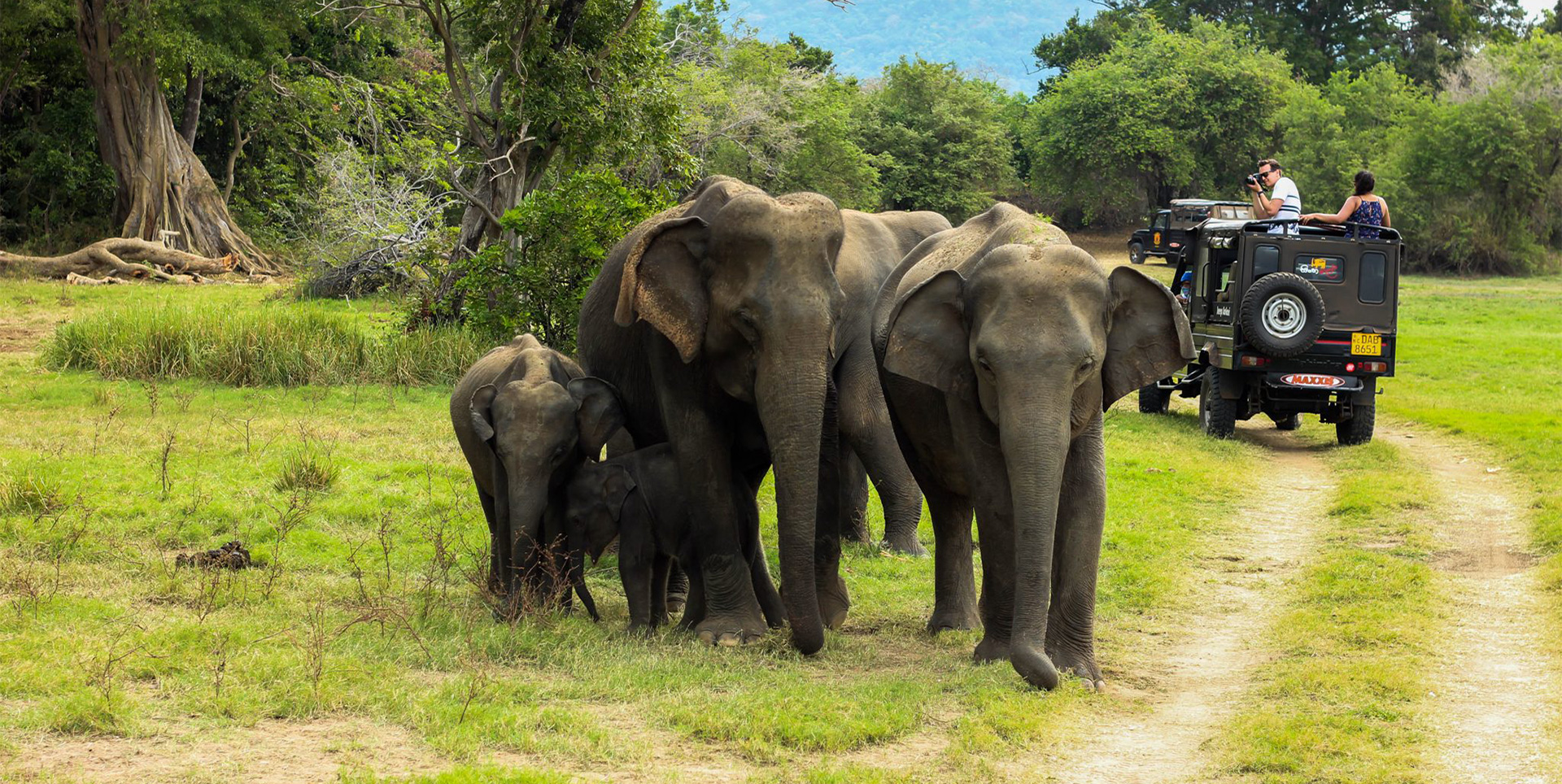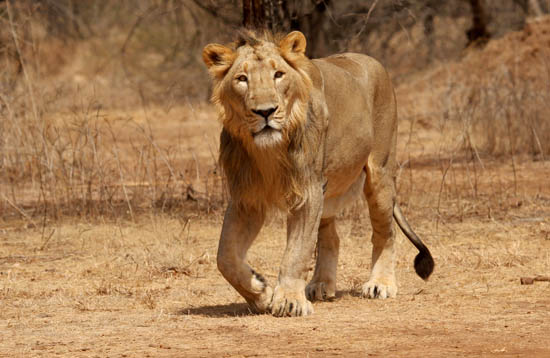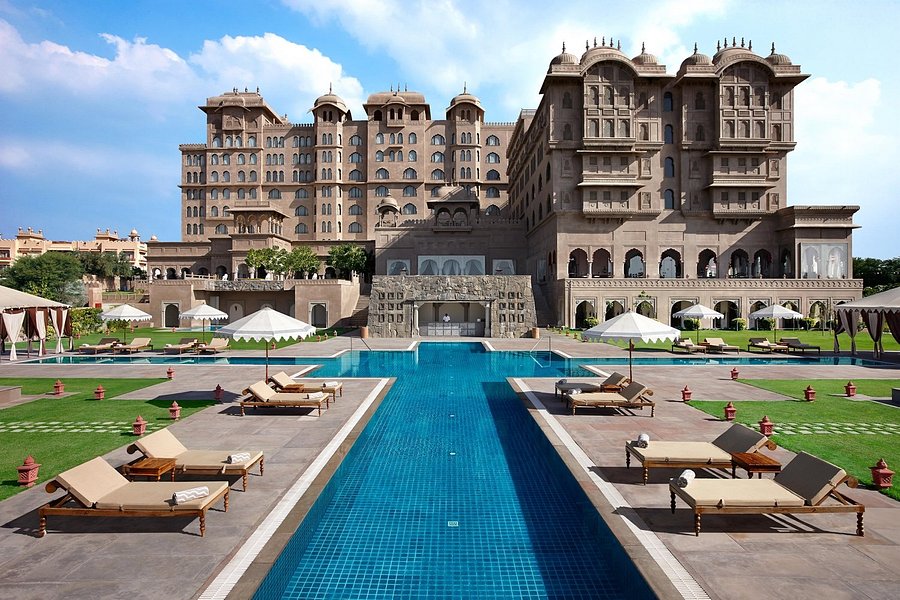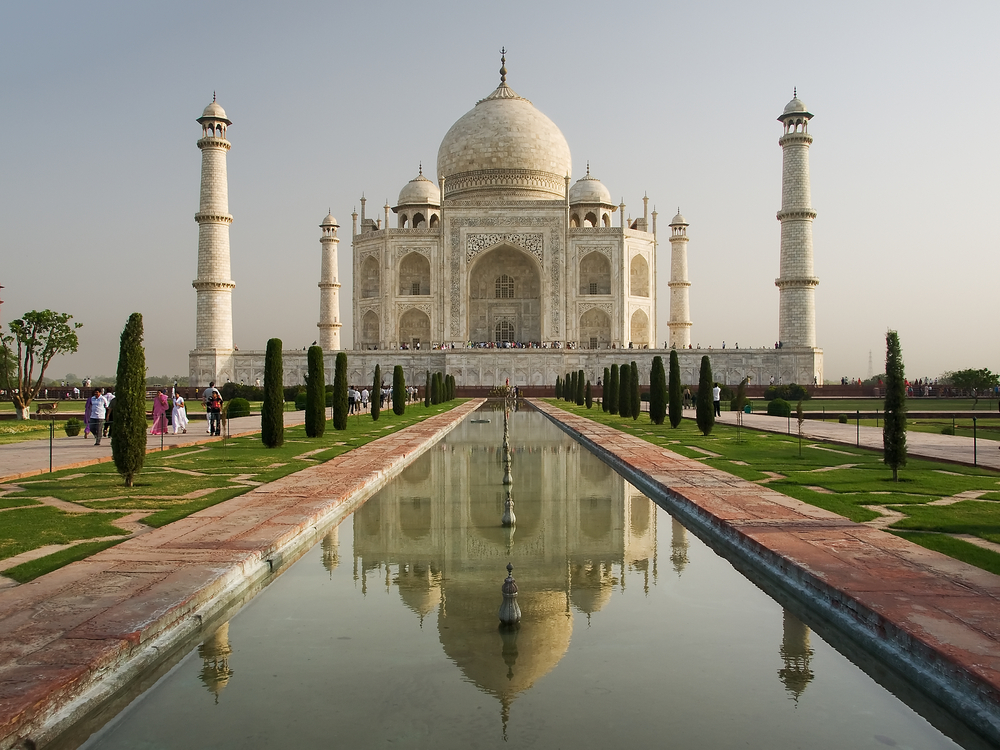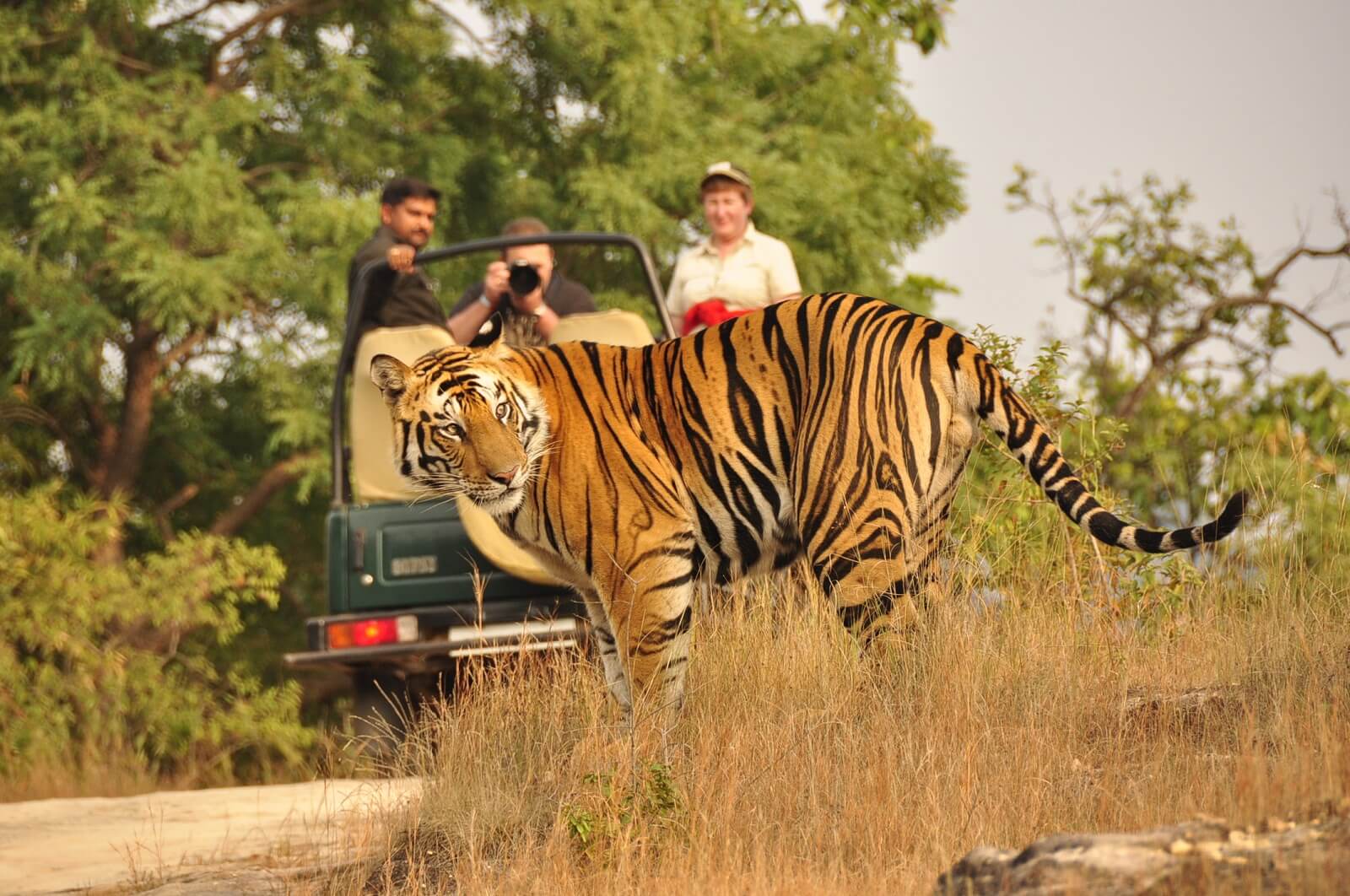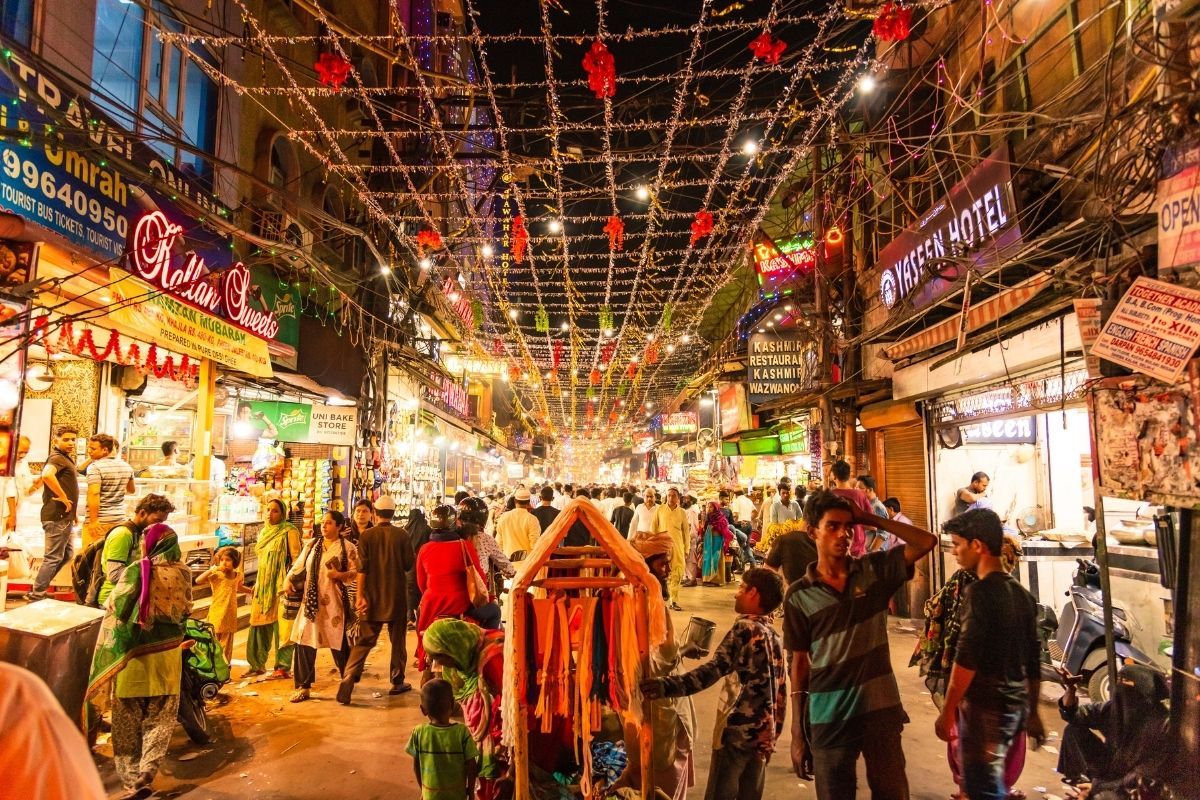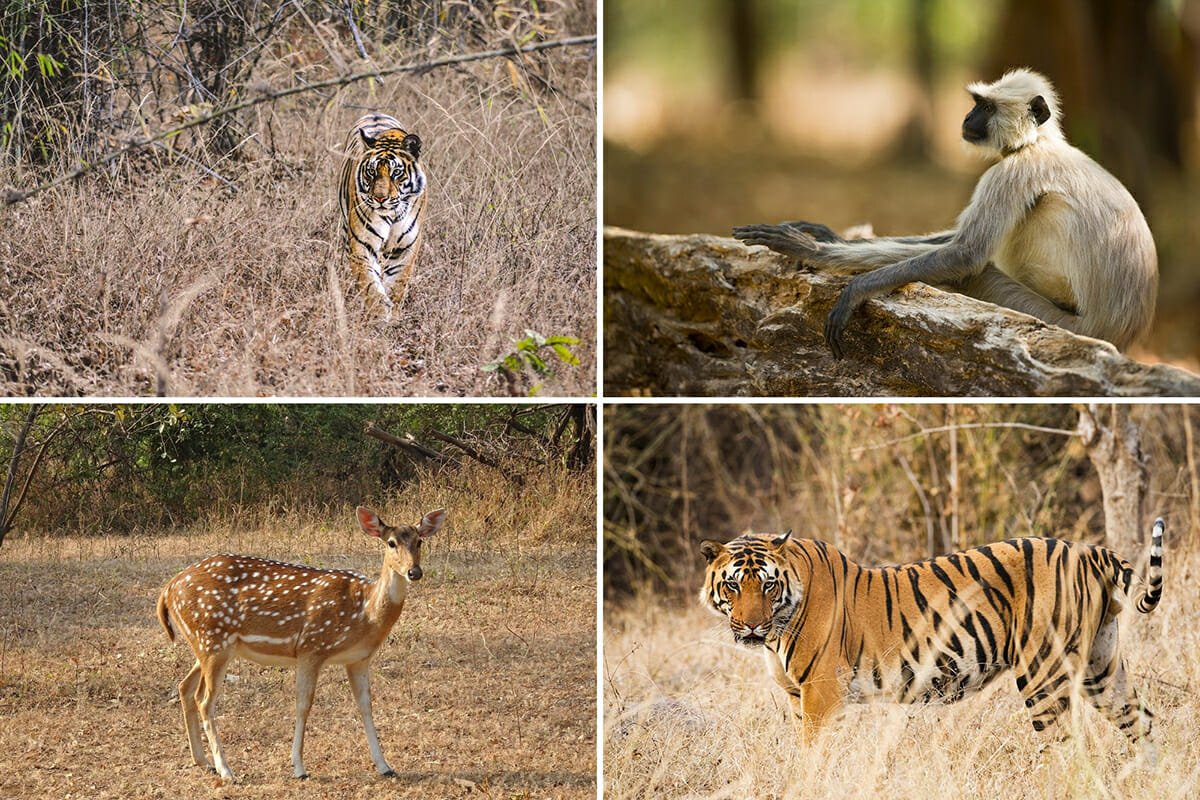Experience Royal Life at the Heritage Hotels in Rajasthan
by
India has a vast history of royalty, their incredible lives and even more magnificent palaces. Rajasthan, the land of royals is the well-renowned seat of Rajputana, warrior dynasties that ruled over their kingdoms. Located in western India, the land is depicted by some of the most amazing architectures. While many have been kept open for visitors to explore many are transformed into heritage hotels in Rajasthan. These wonderful luxury properties to date continues to amaze with the sheer display of splendor and world-class facilities.
Heritage hotels are not just the pride of Rajasthan but also some of the best stays in India. They exhibit the immaculate craftsmanship of the bygone era and Rajputana’s penchant for fine architecture.
Next time you book a Rajasthan package, make sure you stay at one of these heritage hotels and experience the best of hospitality.
1. Umaid Bhawan Palace, Jodhpur
Savor the legendary Umaid Bhawan Palace at its glorious best. The exceptional hospitality and legendary ensembles put it at the top of best heritage hotels in Rajasthan. The record book says that it’s the world’s 6th largest private residence.
What’s special: Dinner at Risala serving Continental & Indian Fusion, heritage walks, city tour, indoor and outdoor recreational facilities
2. Taj Lake Palace, Udaipur
The perfect location of the palace encircled by Lake Pichola along with City Palace, Aravalli Hills, Machla Magra Hills and Jag Mandir makes a spellbinding backdrop for those dining at the top of the hotel’s terrace.
Fairy-tale weddings, fascinating honeymoons, and rich traditions of the past make the Taj Lake Palace an enthralling grandeur.
What’s special: Royal welcome at the Badi Pal Jetty, Jiva boat spa in lake Pichola, and heritage walks
3. Rambagh Palace, Jaipur
A glorious past, vibrant present, and a promising future make Rambagh Palace a proud heritage hotel in Jaipur, which has stood at par with the grace of Rajasthan.
Rambagh Palace has remained a testimony to numerous transitions over the ages. It was first the residence of queen’s handmaiden, then became a guesthouse and hunting lodge for the royalties. In the end, it belonged to Maharaja Sawai Man Singh II.
What’s special: Heritage walks, grand welcome, and spa
4. Rohetgarh, Jodhpur
Set in the midst of rural surroundings, Rohet Garh is a heritage hotel in Rajasthan located on the banks of a lake. Migrating birds keep frequenting the oasis and turn it into an enlivening retreat. Get dazzled by the splendid hues and decor of the kingly rooms and suites.
What’s special: Village safaris, royal picnics, bird watching, and culinary workshops
5. Samode Palace, Jaipur
From being a humble host to celebrities, royalties, and artists to presenting an ideal retreat for avid travelers, Samode Palace has excelled in giving its stamp of authority with panache.
Speaking of design aesthetics, walls of the palace are adorned with ancient murals, which can be felt as you run your fingers across the contours on the wall. They are ably complemented by the antiques from days of golden past. Be it experiencing a soul-soothing massage or soaking the charm of Jaipur, Samode Palace makes for one of the most prominent choice on the list of most sought after heritage hotels in Rajasthan.
What’s special: Mughal garden at Samode Bagh, horse & camel safaris, special tours to sand dunes, and hot air balloon
6. The Lalit Laxmi Vilas Palace, Udaipur
Sitting atop a hill in the heart of Udaipur, the Lalit Laxmi Vilas Palace is a notable heritage hotel in Rajasthan. It has 55 rooms and suites equipped with state-of-the-art facilities and offering gorgeous city view.
The hotel banks on the traditional aesthetics of Rajasthan and also serves its patrons with horse ride, puppet show, and royal salute..
What’s special: Camel & horse rides, and puppet show
7. Neemrana Fort Palace, Alwar
Located on the Delhi-Jaipur highway, Neemrana Fort Palace acts as an ideal weekend getaway from Delhi. It is also a good venue to organize, feasts, celebrations, and conferences. The 15th-century heritage hotel in Alwar boasts of hanging gardens, an Ayurvedic spa, shimmering outdoor pools, and zip-line for adventure lovers.
Defined by beauty and glorious history of Alwar, Neemrana is a royal retreat that must be experienced at least once. Plan a stay to experience the best of royal Rajasthan.
What’s special: Spa & pool, zipping, step well, vintage car ride, and camel ride
8. Fort Rajwada, Jaisalmer
Fort Rajwada is the proud bearer of the baton of charm and glory that has been synonymous with Jaisalmer since time unknown. One of the most elegant heritage hotels in Rajasthan, it brings you the imperial opulence, tranquil solitude of the desert and the adventure of dunes.
A gorgeous mix of the modern and the classical, which is widely eminent in the neutral shades of sandstones that make the palace, poolside barbecue, and rooftop view of the sunset.
What’s special: Camel & jeep safari, city tours
9. Ras Devigarh, Delwara
One of the best luxury hotels in Rajasthan, India, RAAS Devigarh has established a name for itself. What once used to be the residence of the rules of Delwara in the 18th century is now a luxury resorts in India where people come to have a pampering holiday. Along with luxurious amenities, the hotel has crafted curated experiences for its guests to make their holiday as unique as possible.
What’s special: Spa, Pool Deck, Restaurants
10. Deogarh Mahal, Rajsamand
Once inhabited by the rulers of Deogarh Family, the affluent residence has now been converted into a heritage hotel. The opulent palace pampers its guests with luxury amenities. It is also a popular venue for weddings and events
What’s special: Restaurant, pools, jacuzzi, Ayurvedic massage

